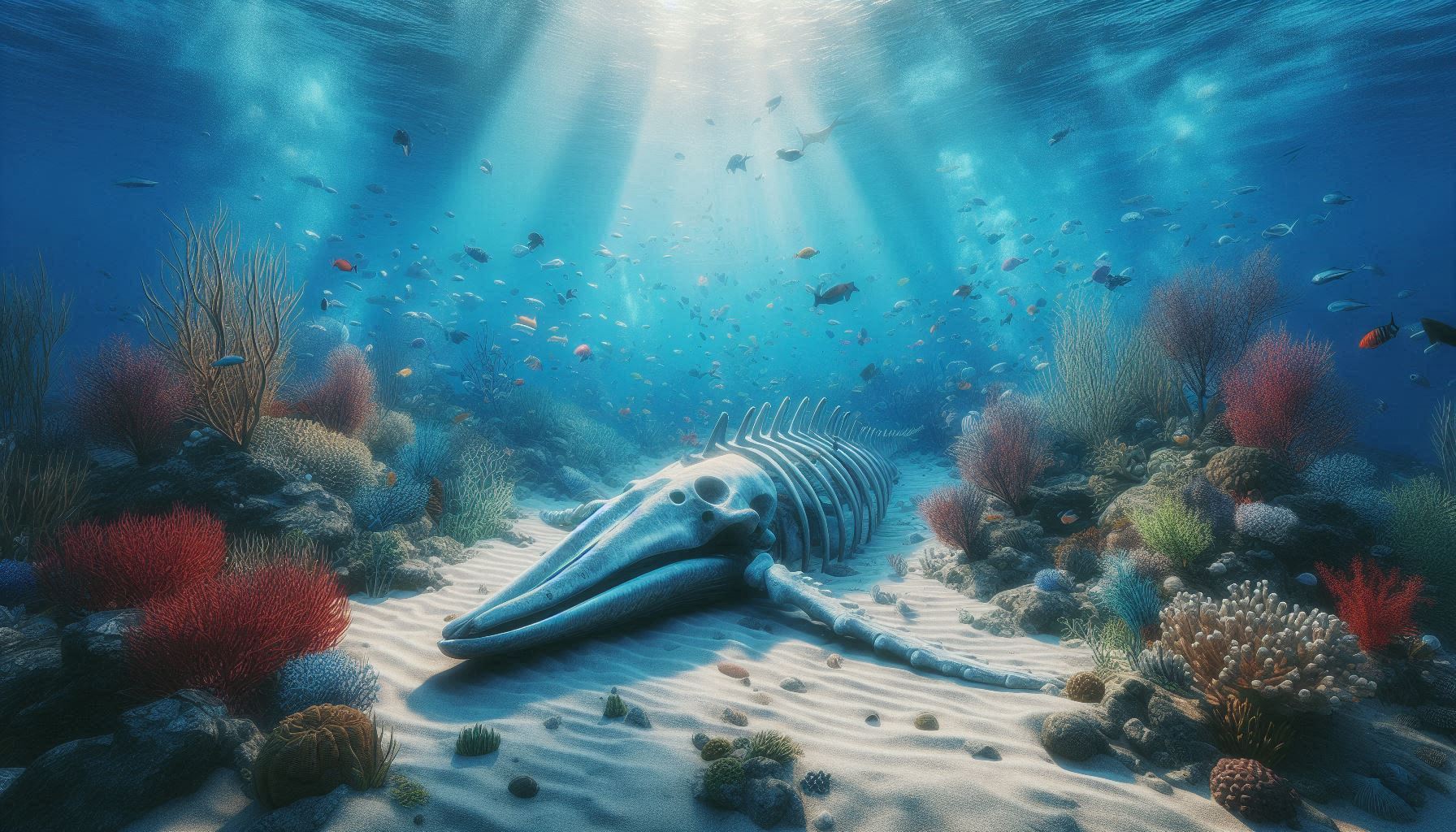When investigating the nutritional cycle of phosphorus, bones come up. The main component of bones is calcium phosphate, so phosphorus is necessary for bone formation. Bones physically support body weight and protect internal organs. When investigating the strength of bones, collagen and calcium come up, rather than phosphorus. If we use reinforced concrete as an analogy, the rebar is collagen and the concrete is calcium and other minerals.
https://iihone.jp/topics/topics22.html
In the first place, bones are strongly associated with calcium, but it seems that this calcium, like phosphorus, flows into the ocean. In forest soil, calcium is provided by the weathering of rocks and rain that dissolves yellow sand, and it is then carried to the ocean by rivers, where it dissolves into the sea as ions. Indeed, the ocean is full of corals, shellfish, and crustaceans, so it seems to be rich in calcium. In fact, the main component of shells seems to be calcium carbonate, so perhaps calcium is easily available in the ocean.
When we looked into the ecosystem of bones and the sea, we found an ecosystem made up of whale carcasses, something called a whale bone community. Apparently it contained new species of organisms, and is attracting attention as a special ecosystem like hydrothermal vents. So far, only about eight examples have been discovered. It’s probably difficult to find because it’s on the seabed, but ecosystems are amazing.
https://logmi.jp/knowledge_culture/culture/121733
And how does the calcium that accumulates in the ocean get circulated back to land? One way is through the provision of calcium by volcanic ash. So volcanoes circulate calcium. Volcanoes are amazing.
https://www.environmentalisotope.jp/understood/604
I looked into calcium circulation, but I didn’t find much else. Another possibility is that salmon travel through the ocean, store calcium in their bodies, and then travel up rivers to donate it to the rest of the world. Calcium is precious on land, isn’t it?
The role of bones in storing this precious calcium seems to be important. In addition to being strong, bones store calcium and seem to regulate the calcium concentration in the blood, which is related to the pulsation of the heart and blood vessels. Vertebrates with bones may be like mobile calcium stores.
https://www.meg-snow.com/hone-goodstory/knowledge/ca
Cedar and cypress are plants that are highly capable of retaining this precious calcium. Cedar has a strong ability to absorb calcium from rocks in the soil. The soil where cedars grow and the rivers that flow through it seem to have a high calcium concentration. I had always thought of cedars as being pollen-related, but cedars are amazing.
https://www.rish.kyoto-u.ac.jp/projects/mr202109/?lang=ja
It seems like calcium circulation is quite difficult. That’s why bones may still play a large role even after all that remains is bones. Bones are amazing. The ecosystem of the earth is amazing.


